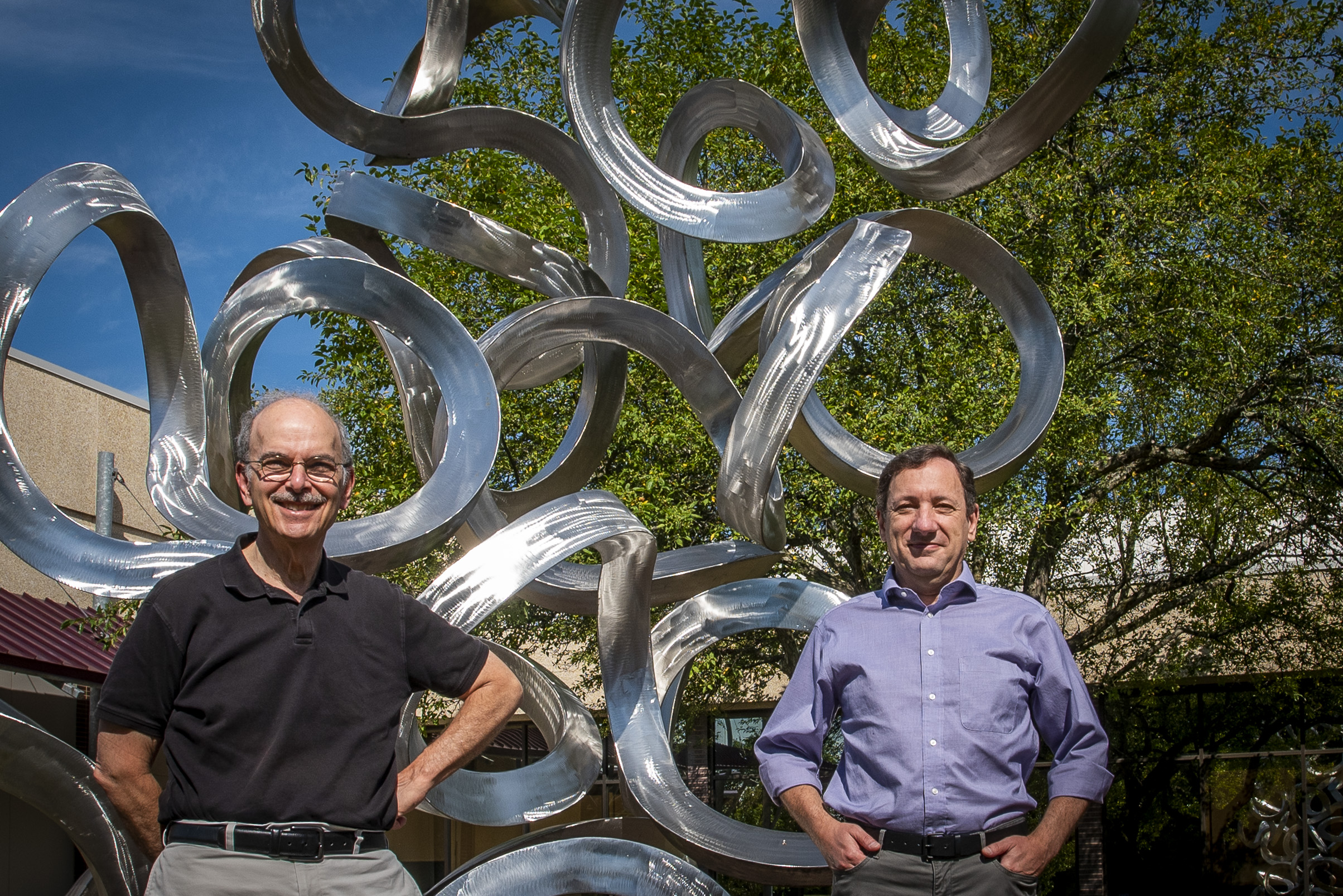Two UConn School of Medicine biological computer modeling groups at UConn Health have won a five-year award worth more than $6 million to continue and enhance their longstanding software resource, committed to supporting cellular biology research throughout the international scientific community.
The National Institute of General Medical Sciences at the National Institutes of Health awarded the funding to Virtual Cell (VCell) and COPASI based on their 20-year record of serving the research community as vital computational resources. The award assures the continued maintenance of both software tools and allows the teams to work together to support their tens of thousands of users.
COPASI is a computer program that shows how a system changes over time, and which factors might affect those changes. Originally designed for biochemistry, it is now used by researchers from many fields, from ecology to cell biology. COPASI has even been used for epidemiology: biochemist Pedro Mendes, one of the original designers of COPASI, is currently using the program to help UConn Health predict how many COVID-19 patients to expect in future weeks.
“The components are molecules, but they could be people. COPASI allows you to define their dynamics, and how they interact,” Mendes says.
VCell is a virtual environment that allows cell biologists to explore the spatial dimension of biochemistry in cells. It matters where a chemical reaction takes place, and how the products of that reaction might travel to a remote target; for example, a toxic molecule might be easily disarmed if it encounters a certain area of a particular cell in your kidney, but if it doesn’t get there, it could stay toxic. VCell allows scientists to incorporate that kind of detail into a model, allowing scientists to simulate biochemical reactions coupled to diffusion and transport in the complex geometries of cells and tissues.
VCell also keeps a library of biological models in an openly accessible database, so researchers don’t have to reinvent the wheel every time they want to model a specific biological process. And it has a dedicated supercomputer, housed at UConn Health, that researchers can access remotely to run their simulations if their own machines don’t have enough computing power.
COPASI and VCell are both powerful tools on their own, but together they can do extraordinarily sophisticated things. For example, brain cells can be very long, with many fingerlike dendrites that connect with other brain cells. Researchers might use COPASI to develop a model of how such a brain cell’s chemistry changes over time, and then use the COPASI model inside of a VCell spatial model of a brain cell to see how the chemistry changes in different areas of the cell.
Researchers from all over the world use COPASI and VCell. Because of this NIH funding, the programs, and UConn Health’s supercomputing facilities, are available to anyone who wants to use them and has an internet connection. Maintaining and improving such sophisticated computer models requires a whole team of cell biologists, physicists, programmers, and support staff. The grant will go a long way towards supporting this group and the physical infrastructure that makes biological modeling possible for researchers around the world.
“It’s very unusual for a single institution to have this confluence of expertise in a single area,” says Les Loew, a professor of cell biology and Director of the Berlin Center for Cell Analysis and Modeling, who heads the VCell team.
Mendes adds: “Both Les and I are pioneers in this field. We began working on simulation in the late 1980s, early 1990s. It’s been a lifelong investment. So that working together and getting this grant is really satisfying.”



